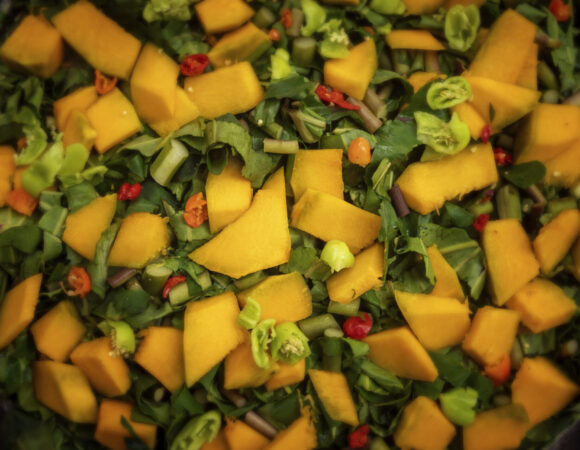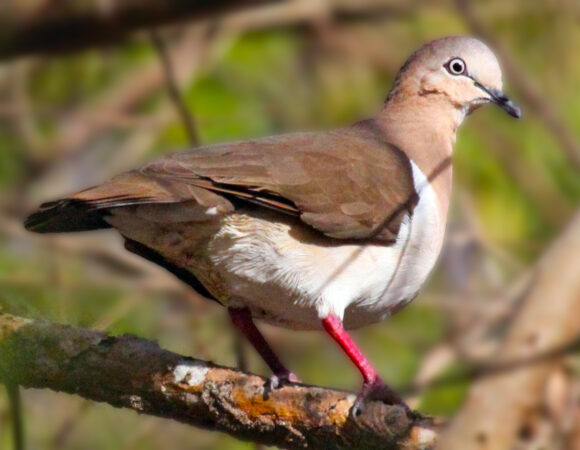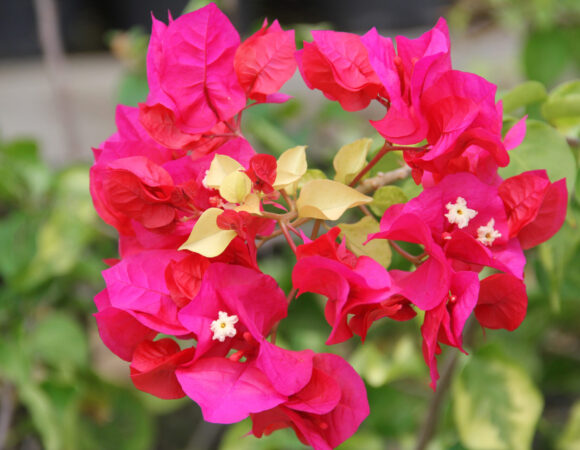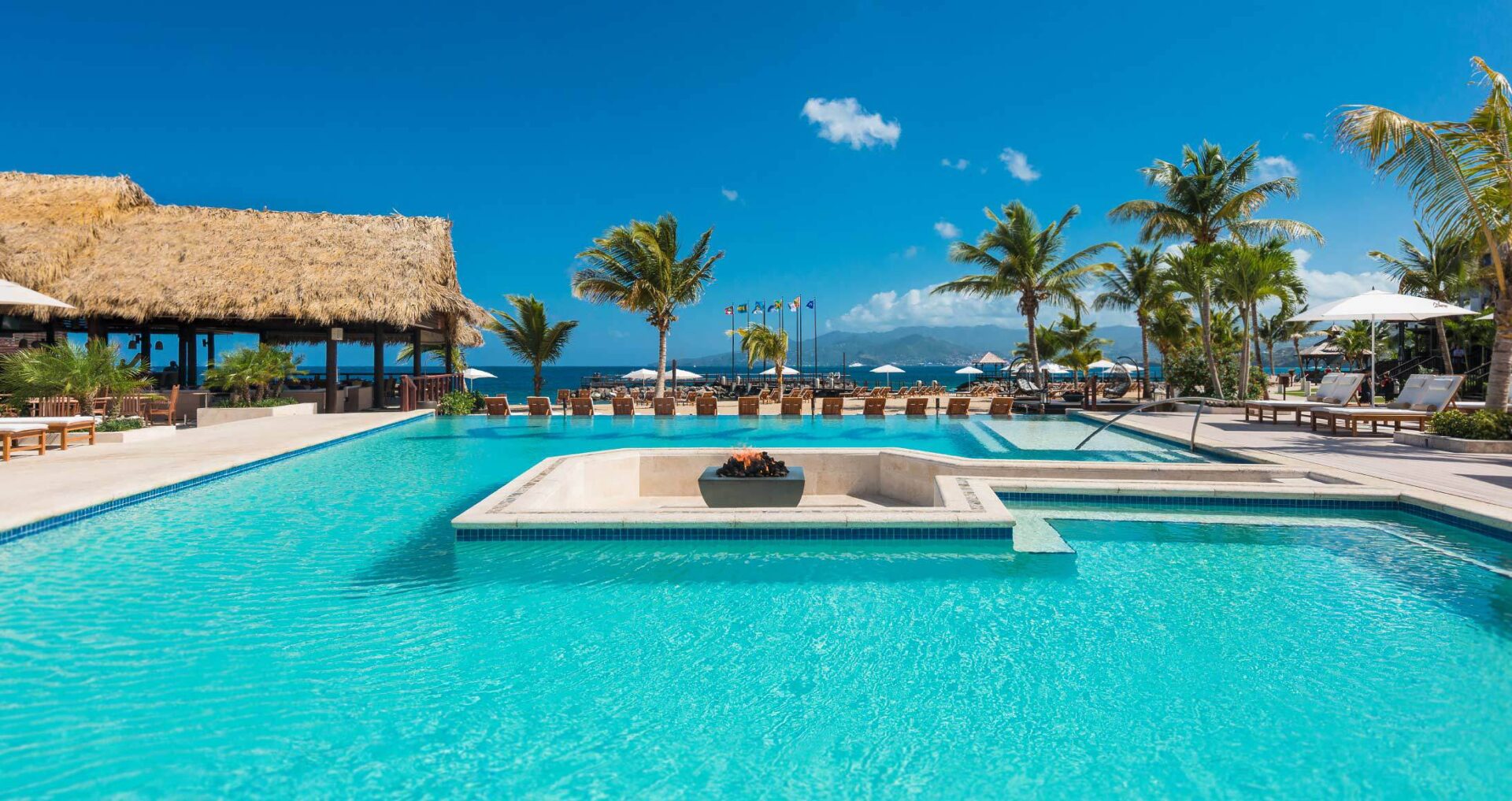About Petite Martinique
Where is Petite Martinique?

We are known for
Situated to the east of the northern half of Carriacou, this 586-acre island completes the tri-island destination. Approximately 900 residents call this island home, with the majority sustaining their livelihoods through boat building and fishing. Petite Martinique, pronounced as Pitty-Mar-Ti-Neek, is perfect for relaxing, exploring and immersing yourself in the culture of the residents.
The island’s highest point, the Piton, standing at 750 feet, rewards adventure seekers with a thrilling hike and sweeping breathtaking views of the island and nearby Grenadine islands at the summit. This peak was also the location of the traditional maroon feast known as the ‘Sugaring of the Piton.’
The event usually takes place on the morning of Saint Patrick’s Day, March 17th accompanied by a maroon to welcome rain and a good planting season. The tradition involves the pouring of rum and water on the spot on which the participants are gathered. This is referred to as ‘Libation’.
Additionally, the Petite Martinique Whitsuntide Regatta stands out as a signature festival, offering a unique blend of local boat racing, on-shore activities, and the warm hospitality of the island’s residents.
Petite Martinique is not only rich in culture but also blessed with exquisite beaches. Sanchez Beach is a haven for sailing, surfing, diving, kayaking, snorkeling, and fishing, while the serene Mang Beach provides an ideal setting for swimming and family picnics.
Start the fun in Petite Martinique with a quick boat ride over from Carriacou
Our Culture
Our History
This 586-acre island which completes the tri-island destination is situated east, off the northern half of Carriacou. About 900 persons live on the island, most of whom derive their income from boat building and fishing. Petite Martinique (Pitty-Mar-Ti-Neek) has a strong culture and rich history manifested through its traditions and festivals. The highest point on the island, the Piton (750 feet high) was once the site of the island’s maroon (former slaves) feast also known as the ‘Sugaring of the Piton’.
Our Stories
Grenada Heritage Map
National Symbols
